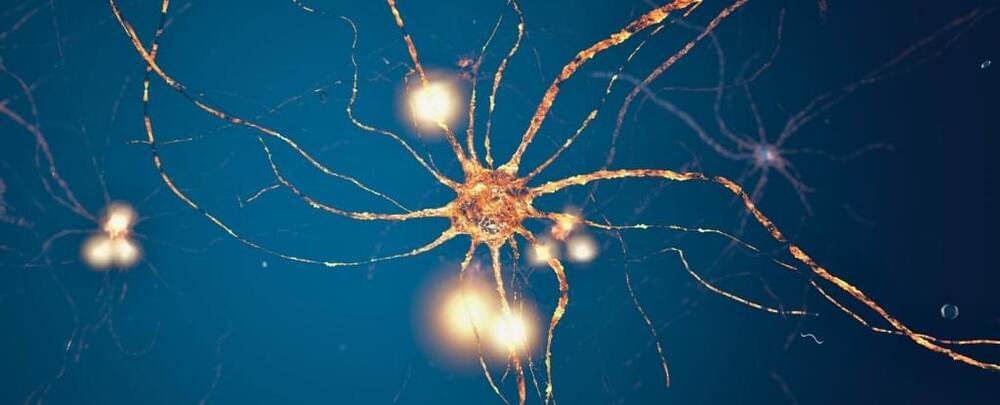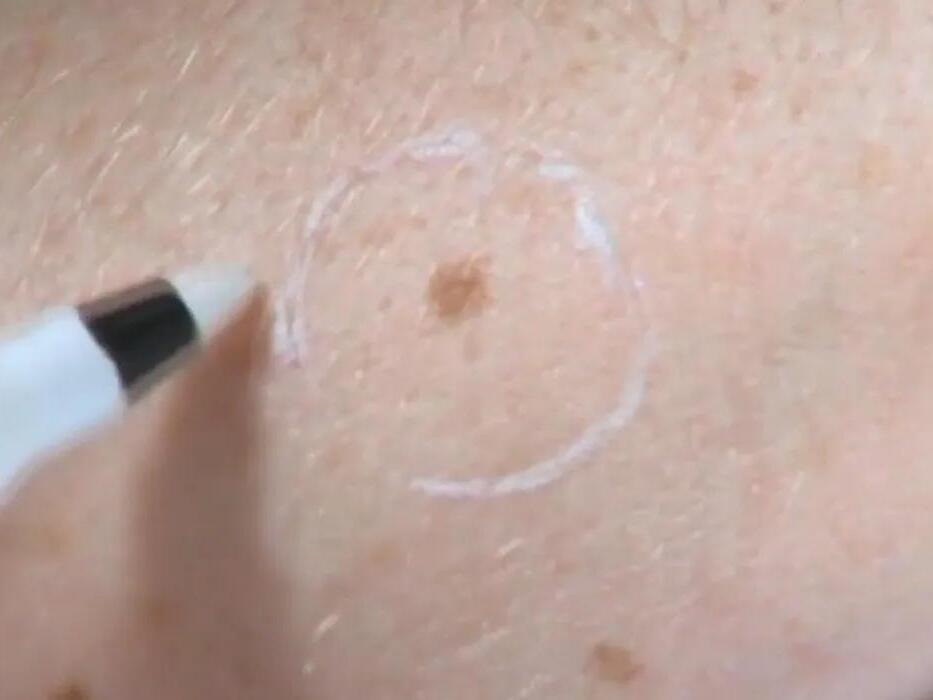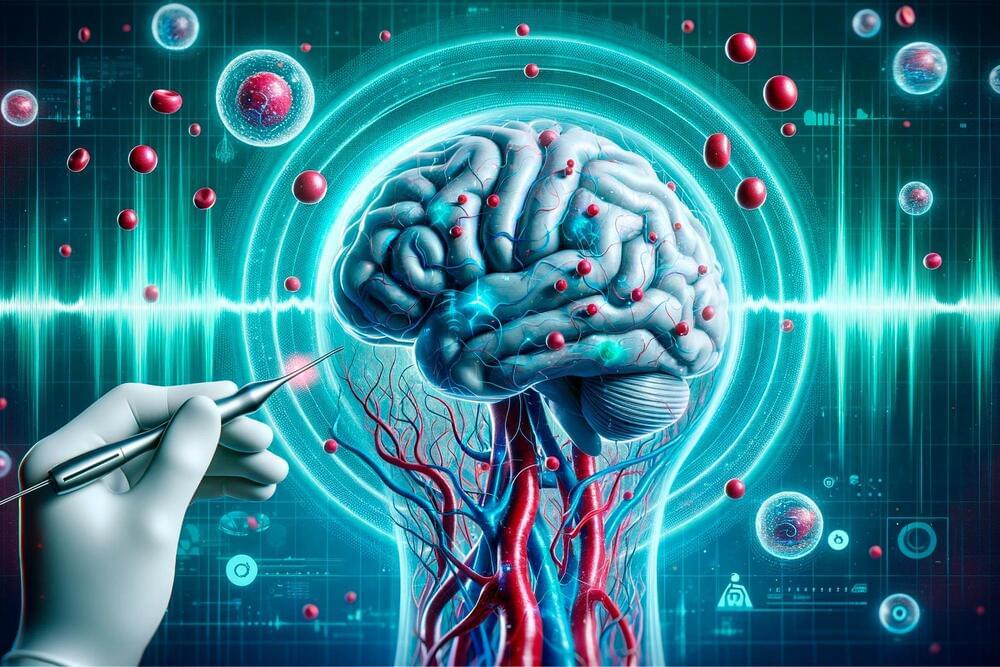Dec 31, 2023
New study unravels the swift method of jellyfish tentacle regeneration
Posted by Shubham Ghosh Roy in category: biotech/medical
Japanese researchers have unraveled the mystery of how the jellyfish Cladonema pacificum regenerates its injured tentacles within a remarkably brief period of two to three days.
The team from the University of Tokyo was able to study the intricate process of blastema production, revealing insights into tissue regeneration in not just jellyfish but also other species, such as salamanders.
The official release defines blastema as a “clump of undifferentiated cells that can repair damage and grow into the missing appendage.” However, the formation of this critical blastema has long eluded scientific understanding until now.

















